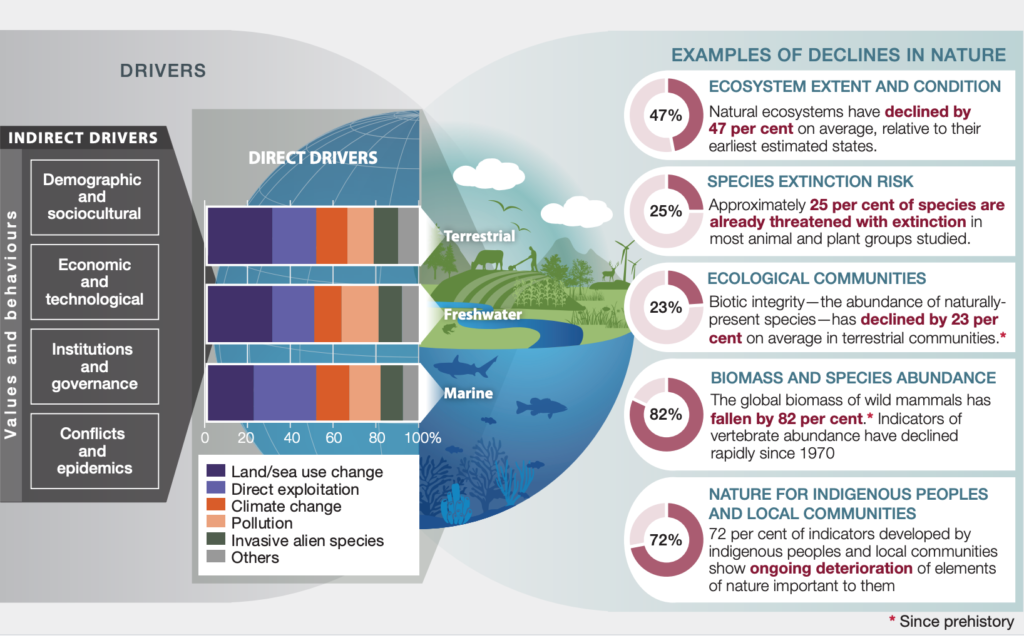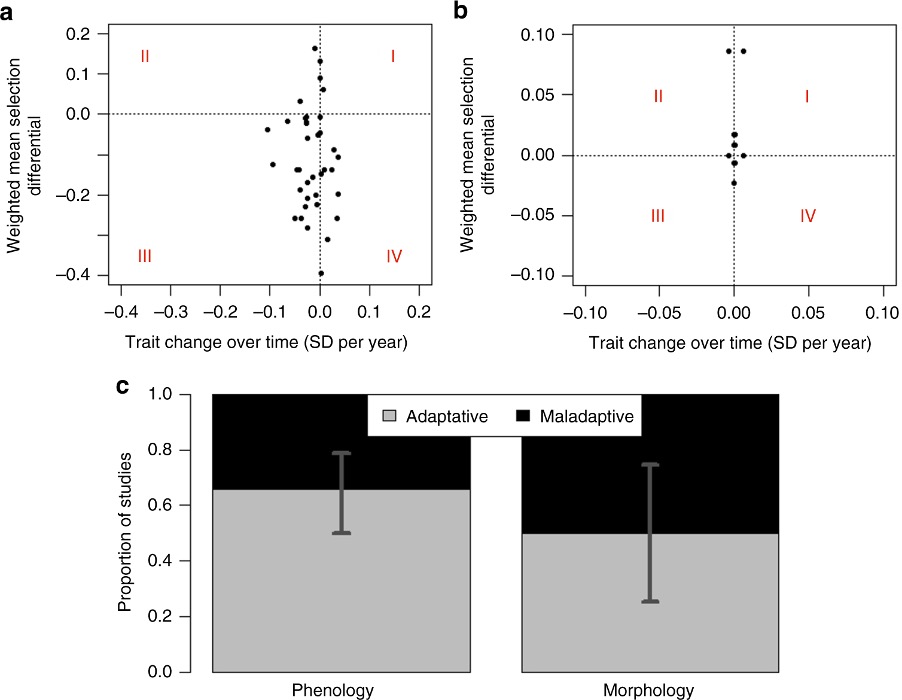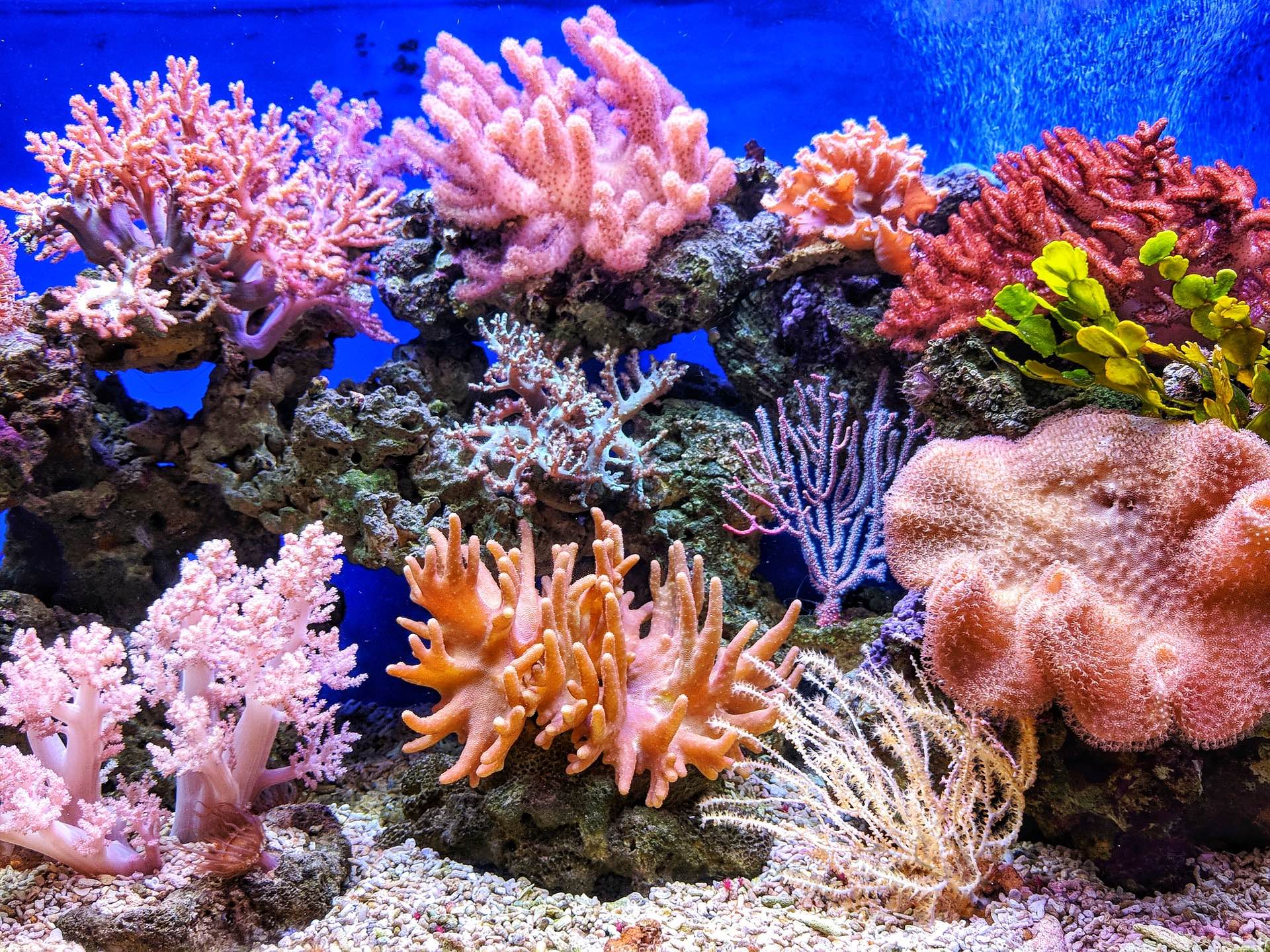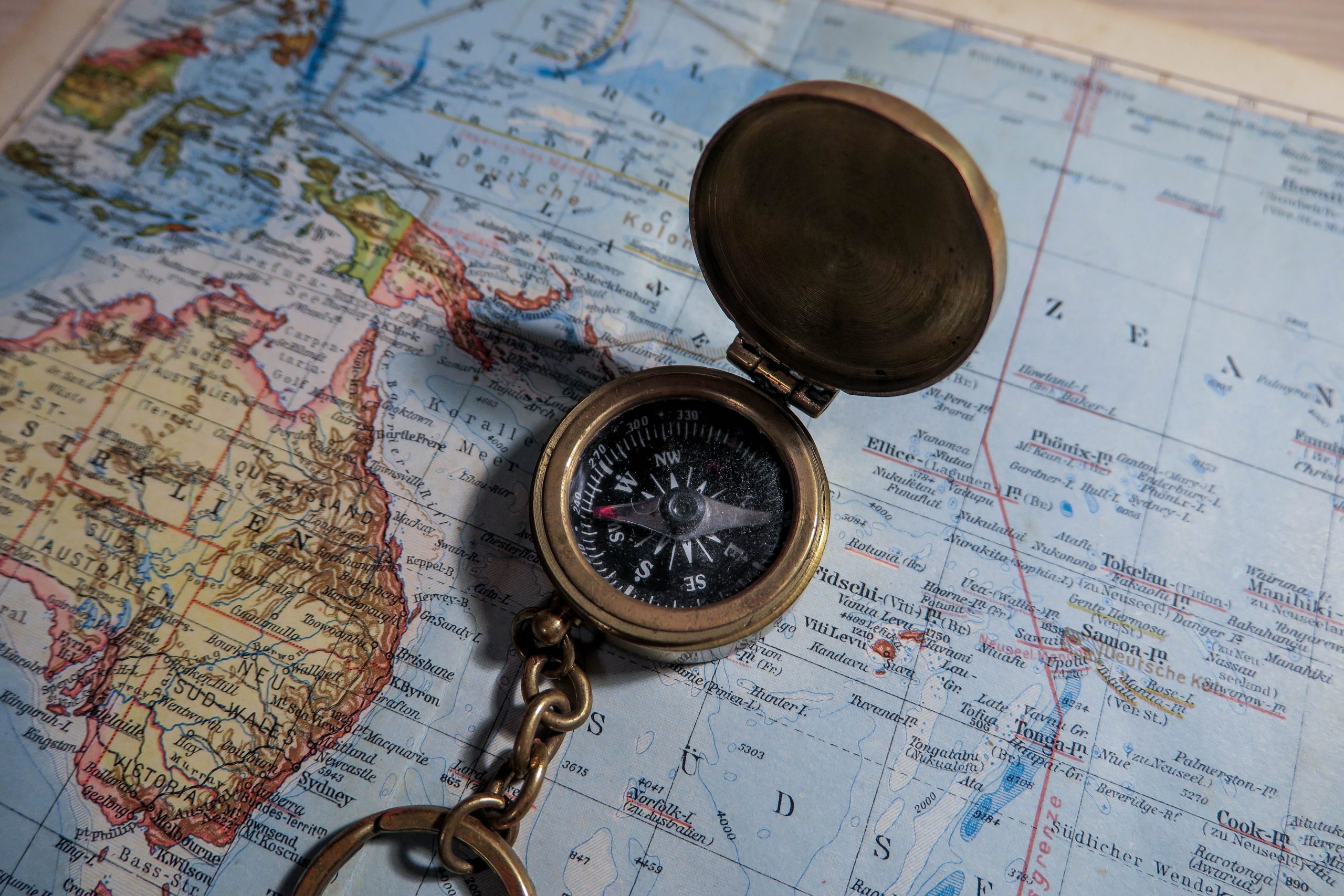Human activities “threaten more species now than ever before”. The 2019 IPBES report raised alarm bells around the world when it indicated that around 25% of species in plant and animal groups are vulnerable. This amounts to approximately one million species “already facing extinction, many within decades unless action is taken to reduce the intensity of drivers of biodiversity loss”.
To address this unfolding crisis researchers are studying how animals and their habitats adapt to climate change and changes in land use. Adaptation is being studied both with regards to species distributions and evolutionary changes under a range of future environmental scenarios. This amounts to predicting which species will survive in a future where global warming and land use change continue to threaten their current modes of being.

According to a recent study – published in the journal Molecular Ecology – it is possible to use genome sequencing to understand how animals adapt to extreme seasonal changes and hence help forecast the evolutionary future of these populations.
“We may be able to use the genetic differences that evolved in the past as a way to predict how populations may adapt to environmental stressors like climate change in the future,” explains lead author Alan Garcia-Elfring, a Doctoral Candidate under the supervision of Rowan Barrett, the Canada Research Chair of Biodiversity Science at McGill University.
Conservation efforts stand a lot to gain from these kinds of efforts as predicting who is better equipped to survive, how future populations will distribute themselves and why these changes will occur can make policy choices more effective.
Who will adapt?
One of the main challenges revolves around understanding if climate change is happening too fast for animals to adapt in time. “Climate change is one of the key threats to biodiversity and to human society in the coming century,” explains evolutionary ecologist at University College Cork, Thomas Reed.
Numerous studies have looked at how individual species are able to adapt to different climate-induced challenges. Recently a study published in the journal Diversity and Distributions, looked at the impact of climate change, land-use changes and human population growth on Africa’s great apes – gorillas, chimpanzees and bonobos.
Its conclusions reveal that – in line with other recent studies – African ape populations and their habitats are declining dramatically, with all regarded as flagship species for conservation.
The study also looks at what the future holds in store by applying future best and worst case climate scenarios for the year 2050 – where “best case” implies slowly declining carbon emissions and appropriate mitigation measures and “worst case” assumes that emissions continue to increase unchecked.

Joana Carvalho, lead author of the study explains that: “By integrating future climate and land-use changes as well as human population scenarios, this study provides strong evidence for synergistic interactions among key global drivers constraining African ape distribution.”
The most important takeaway is that outside of protected areas massive range loss is widely expected “which reflects the insufficiency of the current network of protected areas in Africa to preserve suitable habitats for great apes and effectively connect great ape populations.”
Efforts to maintain connectivity between habitats predicted to be suitable in the future will be crucial for the survival of African apes – and not only – and revolves around understanding both how a changing climate will alter future habitats and how different species will be able to either adapt to these changes or move to areas that retain favourable conditions.
An example of coordinated conservation efforts can be found in Gabon where the development of agriculture, road and rail links, and mineral extraction is linked to wildlife and vegetation data so as to ensure habitat connectivity and maintain African ape populations and those of other wildlife.

“There must be global responsibility for stopping the decline of great apes,” states Hjalmar Kuehl, senior author of the study. “Global consumption of natural resources extracted from ape range countries is a major driver of great ape decline. All nations benefitting from these resources have a responsibility to ensure a better future for great apes, their habitats and the people living therein by developing more sustainable economies.”
Evolutionary changes
Although many studies that address the impacts of climate change and land use change on biodiversity focus on individual species and their distribution ranges a study published in Nature Communications in July 2019 performed a meta-analysis, pulling all the data together to try to provide a broader conclusion on the effects of climate change on phenology, and hence the timing of recurring biological events.
According to the study: “quantifying adaptive responses, or demonstrating their absence despite directional selection, is important in a biodiversity conservation context for predicting species’ abundances or distributions and for mitigating the effects of climate change on biodiversity by developing strategies tailored to species’ ecologies.”
The study concludes that although some species appear to be adapting to a warming climate through changes in their phenology there is not much evidence of this occurring in all species. Moreover, those species that are adapting may be doing so at too slow a pace to guarantee their survival.
However, the study does indicate that – at least in some cases and specifically with some bird species – adaptive phenological responses could provide a partial remedy to some of the negative effects of climate change.

Yet the problem of climate change is not just that animals have to adapt to gradual temperature changes that will occur over time. The future is also predicted to bring an increased occurrence of extreme weather events whoch provides another set of threats as species do not have time to adapt to them.
One study shows how “extreme climatic events are creating a new selection pressure,” explains Anne Charmantier expert in evolutionary biology.
Studies exploring the impact of extreme weather events on wild populations have revealed the extent to which they can impact animal and plant populations. By way of example, droughts significantly affect above-ground biomass and phenology of several plant species in Europe. Similarly for animals, extreme weather events are believed to impact the reproductive success and survival of many species significantly.
This is particularly dangerous as extreme heat events could have a large effect on selection processes. If no offspring survive a given extreme event then none of the beneficial genes are passed on: if an extreme heatwave kills everyone, natural selection can’t occur.
Who will survive?
Although direct effects of climate change and land use change are relatively easy to assess, indirect ones are very hard to quantify and hence make understanding which species will survive complex and fraught in uncertainty. The indirect effects that are responsible for many climate change impacts on populations, such as in the food chain, are more complex to model than direct effects.
Another source of uncertainty revolves around the ability of different species to adapt. An example is that of ectotherms (cold-blooded animals like reptiles and amphibians) that over the course of history have been less able to adapt to climatic change than endotherms. However, even in this distinction, there are some notable exceptions such as the American bullfrog, which scientists believe may flourish under climate warming scenarios.
Overall, it is predicted that specialised species, and species that live in microhabitats (such as high elevation forests), will be more exposed to the effects of climate change. On the other hand, “early successional” species that are able to flourish in disturbed habitats, such as grasslands and young forest will have a better chance of surviving climate change. “For example, deer are common in suburban areas and thrive where forests have been removed or are regularly disturbed,” explains Jessica Hellmann, from the Institute on the Environment at the University of Minnesota.
What is certain is that with climate change and changes in land use acting as some of the main drivers of biodiversity loss, understanding the way species have already been affected and predicting how they may be affected in the future can inform policy choices and improve conservation efforts.






